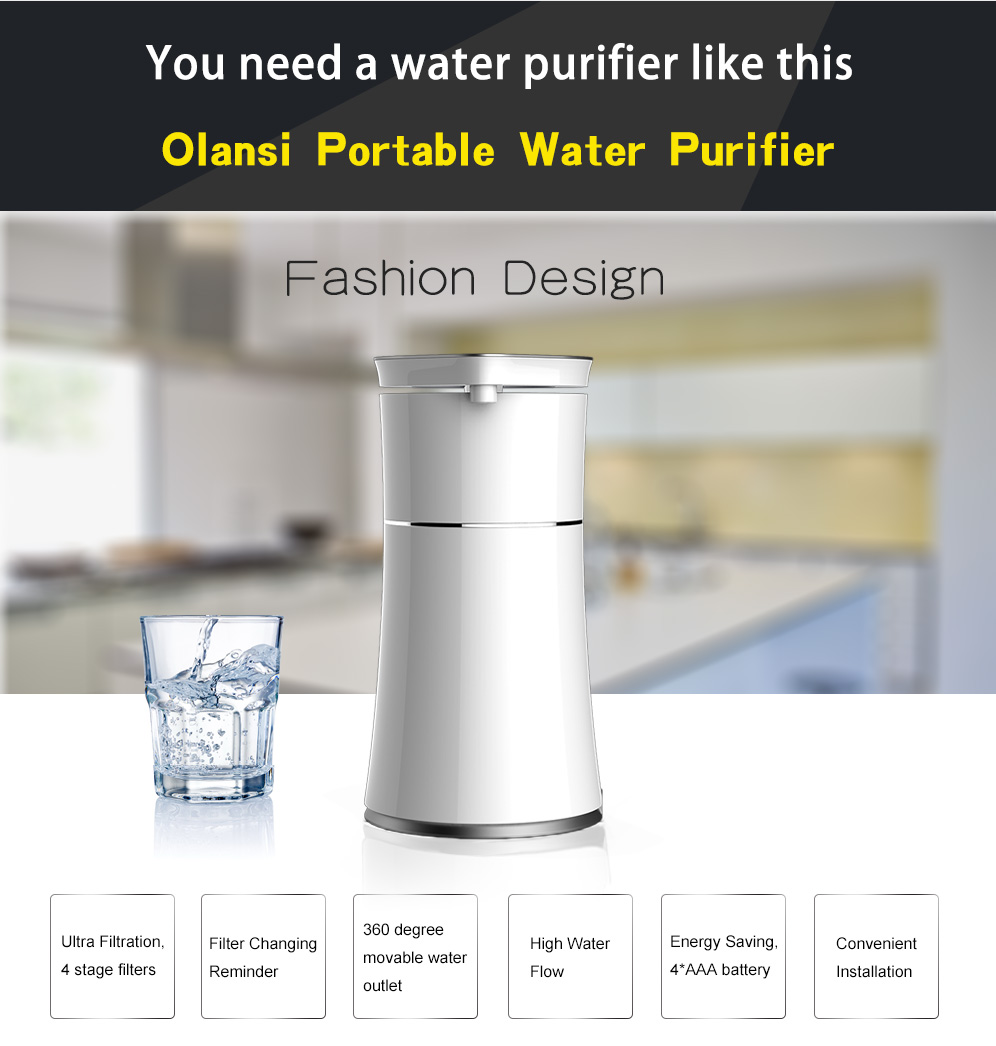Is water purifier really useful?

The role of the water purifier is to treat tap water in depth.
There are four main types of purification methods that are common. The latter three methods of cleaning cover 100% of the best price water purifier, so the principle of the water purifier can be explained.
01 boil
Yes, boil.
Boiling is an effective and economical way to purify tap water.
Boiling has three functions:
1, anti-virus: eliminate bacteria and viruses.
2. Reduce disinfection by-products: residual chlorine.
3. Reduce the hardness of water: scale.
Boiling does not solve two problems:
1. Heavy metals, organic pollutants in tap water, and other unconfirmed other pollutants.
2, domestic water, such as the residual chlorine in the bathwater will be absorbed by the body through the nose and skin.
Therefore, the role of the water purifier is to solve the problem that boiling cannot be solved.
02 adsorption
Activated carbon is widely used in water purifiers for two reasons:
1. Low cost and high efficiency, mainly used to treat residual chlorine.
2. It can be used in the “membrane filtration” water purifier to protect the “film” and prolong the “membrane” life.
Activated carbon is a porous substance, and the inner surface composed of micropores accounts for more than 95% of the total area, and excessive voids and large pores account for only 5%. Activated carbon relies on microporous adsorption to remove organic matter.
Activated carbon is a mature technology. In the 1950s, the US Environmental Protection Agency confirmed that activated carbon has a certain adsorption capacity for trihalomethanes (described in detail below), but the cycle is short.
The three criteria can help you judge the pros and cons of activated carbon:
1. The longer the activated carbon filter layer, the better. The longer the contact time of water with activated carbon, the better the adsorption effect.
2. Activated carbon fiber is better than granular carbon and powdered carbon. The former has more micropores, and the adsorption amount and adsorption speed are better.
3. Shell carbon is better than coal and wood charcoal. The common shell carbon is coconut shell charcoal.
Compared with activated carbon, KDF is more expensive but has the function of removing heavy metals.
KDF is a copper-zinc alloy, which is divided into KDF55 (50% copper and 50% zinc), KDF85 (85% copper and 15% zinc), and KDF55 is usually used in the water purifier.
03 ion exchange
Http://7xo6kd.com1.z0.glb.clouddn.com/upload-ueditor-image-20170616-1497619379232047520.jpg
Ion exchange is generally used in water softeners to treat “scale”.
Explain “scale” first.
The scale is calcium bicarbonate produced by calcium and magnesium ions after water is boiled.
The calcium and magnesium ion concentration is related to the hardness of the water. The calculation method is as follows:
Total hardness (calculated as CaCO3) = (calcium mg/Lx2.5) + (magnesium mg/Lx4.1)
The human body has certain adaptability to the hardness of the water. The hardness of water can withstand more than 500mg/L, so WHO does not propose a health-based guideline value for hardness in drinking water. China’s drinking water standard is set at 450mg / L, but even in northern China, the hardness is not so high.
However, scaling after boiling water will affect the quality of life, the eyes will feel uncomfortable, washing clothes will not be so easy to wash, and the service life of water heaters and hot water bottles will be shortened.
Water softeners generally reduce the hardness of water by ion exchange resins, and common sodium ions are used to exchange calcium and magnesium ions.
There are two disadvantages to this exchange method: 1. The sodium content in the softened water is not well controlled. 2. High cost.
In China, where the hardness of water is generally not high, and drinking hot water (water will generate scale and physically reduce the hardness of water), the water softener actually has a very narrow living space.
In addition, the installation of a reverse osmosis RO and nanofiltration purification water purifier, there is no need to install a water softener.
04 Membrane treatment
Membrane processing is actually the easiest to understand, but from the back-end consultation, consumers are the most confused about this piece.
Two reasons are caused: 1. There is no unified national standard, and the business has a single word; 2. The merchant itself is confused. The latter is even more terrible.
Contact us for more products and discounted prices
Helen:
+86 13922346046
info@olansiglobal.com
https://www.olansiglobal.com